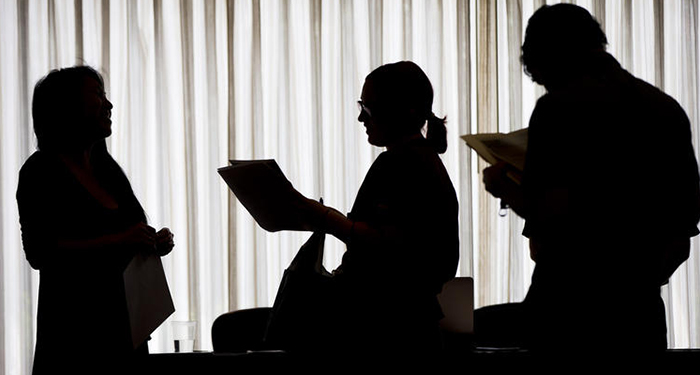
Source: City of Chicago Large Lot Program
Crain’s Chicago Business quotes Phil Ashton, former GCI scholar and associate professor of urban planning and policy, on the city’s plan to sell 322 vacant South Side lots to nearby homeowners and nonprofits who will maintain them and pay property taxes. Ashton says the plan is pragmatic in the absence of private development or federal funding, but may lack definition as to next steps.
The land transfers are a “pragmatic” strategy for the city since private developers aren’t racing to invest in neighborhoods like Englewood and significant sums of federal dollars aren’t available for broader renewal efforts, said Phil Ashton, an associate professor in the University of Illinois at Chicago’s Urban Planning and Policy Program.
The challenge for the Large Lot program, he added, is ensuring that it’s more than simply transferring property that individuals and groups will be required to pay taxes on and maintain to city code.
“The bigger question here is, what happens next?” Mr. Ashton said. “It’s really laudable to think of ways of bringing civic groups and block clubs and invested homeowners into the neighborhood revitalization equation but the question is, is there going to be anything more?”

